Greetings everybody,
This edition of The Sewing Machine Newsletter is Part 1 of a multi-part series of articles on the sewing machine landscape as it stands in 2023/2024. Who are the major players? What sewing machine manufacturers produce the best modern machines? What gives company X the advantage over company Y in a certain category? I aim to answer all these questions and more.
Throughout this series, I will cover certain manufacturers in more detail than others. What you are about to read is Part 1, which will briefly focus on a handful of European brands whose names many of you will recognize. My goal is to state a few basic facts about these brands to eventually make a larger point about the sewing machine landscape as a whole.
One thing I want to make clear— nothing I am about to say about these sewing machine companies is intended to offend. My background is not that of a sewist. I don’t quilt or make clothes or craft. My background is as a sewing machine technician and salesman; therefore, my chief concern when inspecting the sewing machine landscape is performance and longevity, as well as customer satisfaction. I admit that I have my biases, but they exist for good reasons.
What Happened to the Iconic European Sewing Machine Manufacturers?
Elna
Elna is a Swiss company that manufactured sewing machines during the 20th century. Their machines have a very modern, sleek design. One could argue that Elna’s most iconic machine is the Elna Lotus, which was designed with a built-in hard protective case that can open and close like a flower in bloom and has been included in collections at The Museum of Modern Art.
Elna no longer exists. The company de-registered in 1995 and was eventually absorbed by Janome. There are modern machines built today with the Elna logo, but these machines are manufactured by Janome, who uses the Elna name for marketing purposes.
Necchi
Necchi was an Italian sewing machine manufacturer that saw a lot of success following World War II in the 1940’s and 1950’s. Aesthetically, they are very pretty machines.
Similar to Elna, the Necchi brand that people came to know and love in the mid-20th century is no longer around. You can still find modern machines with the Necchi brand logo being manufactured, but I do not know who owns the Necchi name these days. There was a period in the 2000s when Janome owned the Necchi name, so you could get a quality Janome-built machine with the Necchi brand logo (e.g. Necchi EX30, EX60, EX100). But that is no longer the case.
Singer
The origin of Singer dates back to the 1860s, making it one of the oldest sewing machine brands in the world. The company has been extremely successful, and there is no doubt that Singer has played a huge role in making the sewing machine industry what it is today. There is a wealth of information online about the history of Singer that I find fascinating. I will not regurgitate it to you now, but I recommend you read about it if you are interested.
Singer machines are still made today, but the Singer sewing machine company that rose to prominence in the 19th/20th century has changed ownership. In 1999, Singer filed for bankruptcy and was acquired by Kohlberg & Company, an American private equity firm that focuses on leveraged buyout transactions.
Pfaff
Pfaff is a German sewing machine company whose genesis dates back to the 1860s. For many years they had a factory in Kaiserslughten, Germany that made all of their machines, though they eventually opened another factory in Czechoslovakia. In the 80s and 90s, Pfaff rivaled Bernina as the manufacturer of the best sewing machines in the world. When my father first taught me how to fix machines, he taught me on that Pfaff platform.
Pfaff was bought by Husqvarna Viking in 1999.
Viking
Viking is a Swedish sewing machine brand originally founded in the 1870s. They are probably best known for the machines they made at the dawn of the computerized sewing machine age. If I’m not mistaken, Viking put out the first machine ever designed with electric presser foot lift (AKA pivot feature).
Viking bought Pfaff in 1999. Then, in 2006, Viking was bought by Kohlberg & Company, an American private equity firm that had already purchased Singer a few years earlier. Kohlberg & Company merged the three iconic brands to form a company called SVP Worldwide, headquartered in Hamilton, Bermuda. The initials “SVP” stand for Singer-Viking-Pfaff.
In 2018, Kohlberg & Company sold SVP Worldwide to Ares Management, a publicly traded global asset manager based in Los Angeles. In 2021 SVP Worldwide was sold again, this time acquired by Platinum Equity, an American private equity investment firm that focuses on leveraged buyout investments of established companies in the U.S., Europe and Asia.
What caused all of these iconic European sewing machine companies to change ownership or dissolve completely? It is difficult to say for certain, as the inner workings of each company are unknown to me. However, here are a couple of facts that offer a general explanation:
The European economy was devastated following World War II.
Meanwhile, unlike Europe, Japan’s economy recovered at a remarkable speed (also known as the Japanese Economic Miracle).
During Japan’s economic recovery, Japanese sewing machine manufacturers entered the international market, offering high-quality products at affordable prices.
Now, there is one European sewing machine manufacturer that I haven’t mentioned yet, and I’m sure my silence has been deafening to some of you…
Bernina
To this day, Bernina remains the only family-owned sewing machine manufacturing company left in the industry. The Swiss company still produces a limited number of machines in Switzerland, but most of their machines are now manufactured in their solely owned and operated factories in Thailand.
Bernina machines have a very unique place in the sewing machine landscape. The company’s trajectory over the past 50 years is fascinating, and I think the argument could be made that Bernina’s ability to evolve their sewing machine philosophy over time is why they are the only European manufacturer to remain intact. Bernina owners are probably the most loyal out of any other cohort of machine owners, and I can see why. They are the only manufacturer whose machines still use an all-steel front-loading bobbin system (B9 Rotary Motion and CB Oscillating Motion), giving the Bernina user an industrial-esque experience. They combine this traditional old-world feel with incredible innovation— for example, the Bernina Stitch Regulator (BSR) for free motion quilting, built-in dual feed, oversized “Jumbo” bobbins, and more.
I am a big fan of Bernina and believe their story deserves further investigation. So, Part 2 of The Sewing Machine Landscape article series will be dedicated to Bernina and their trajectory as a company over the past 50 years. Stay tuned.
Thank you for reading,
-Cale




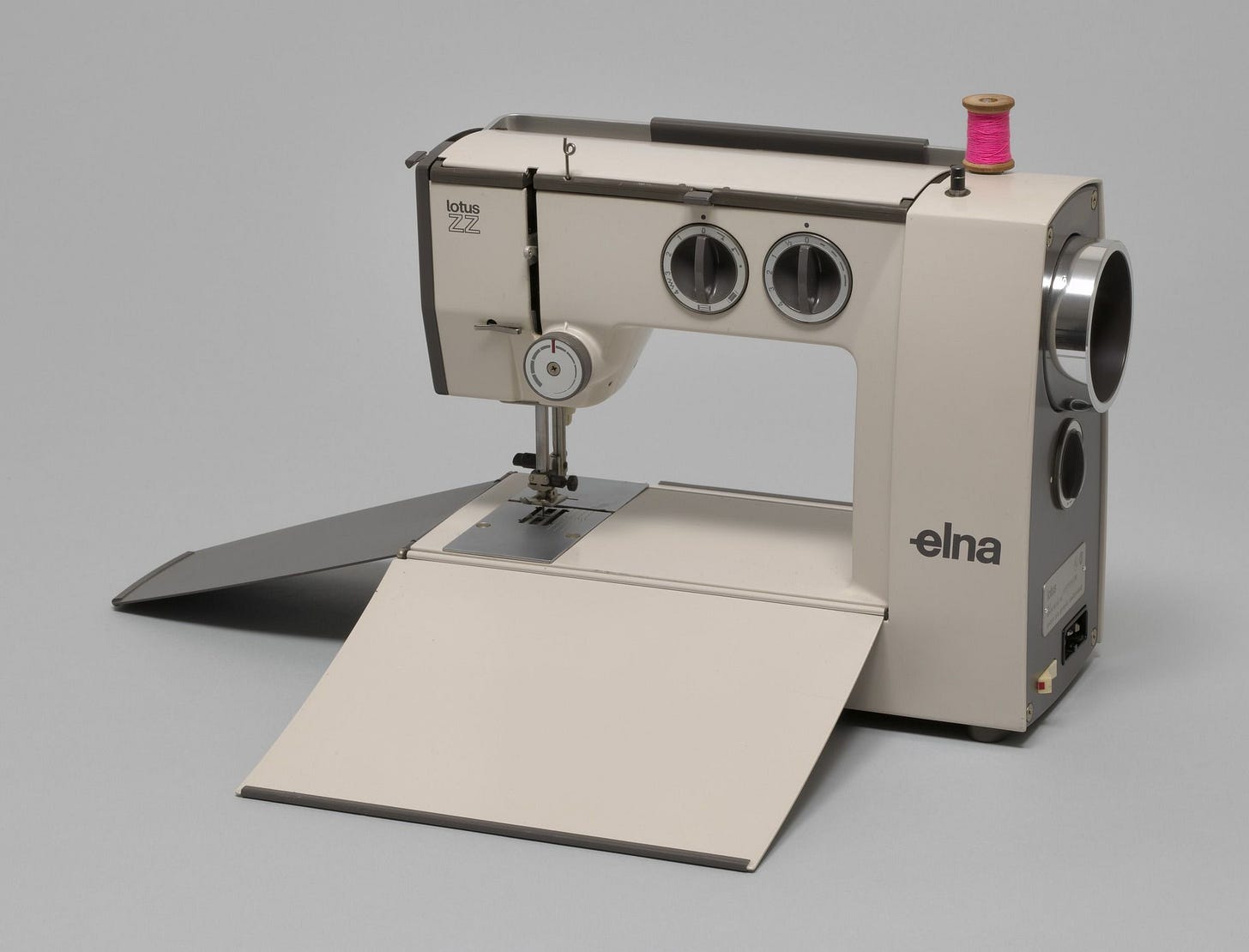

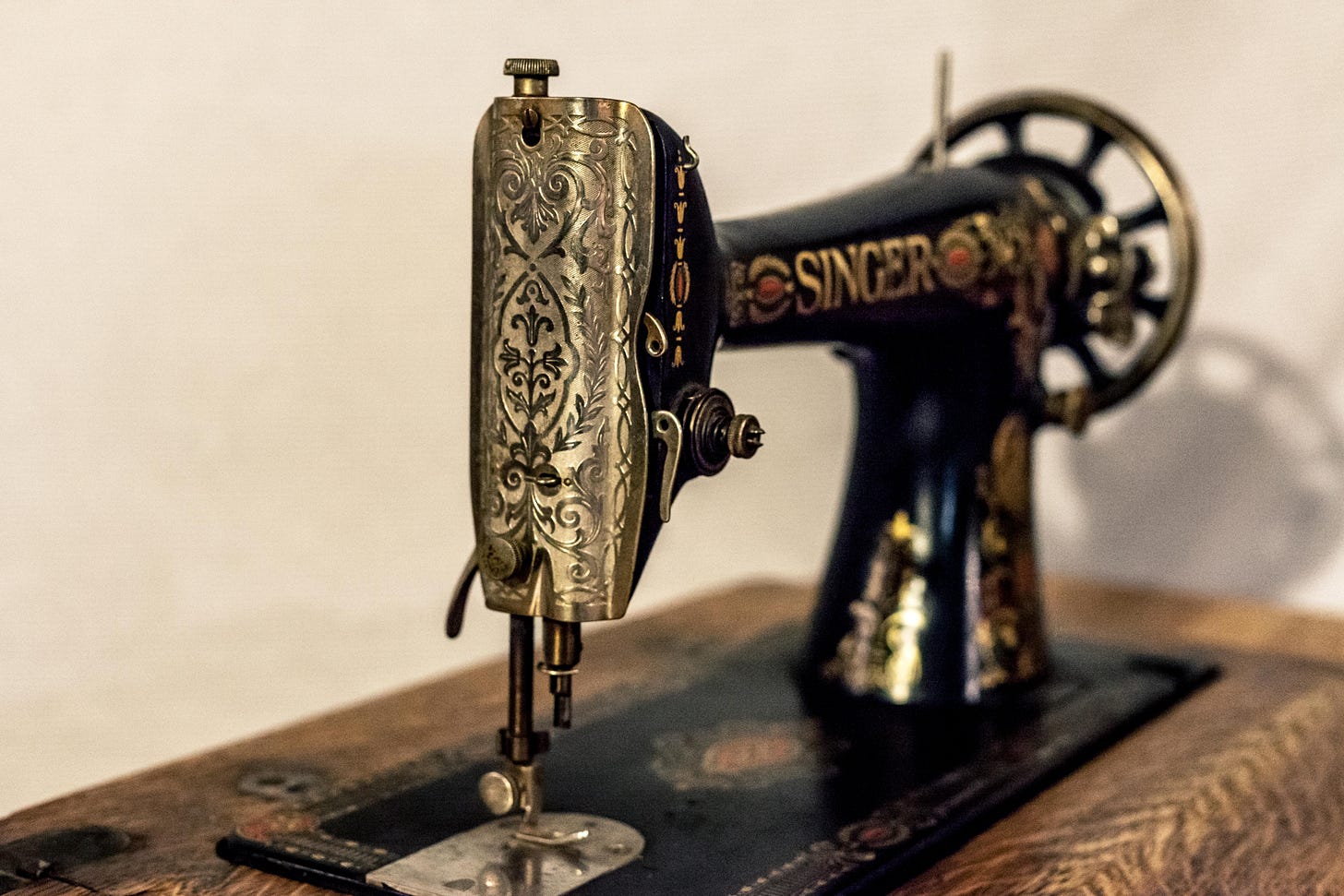
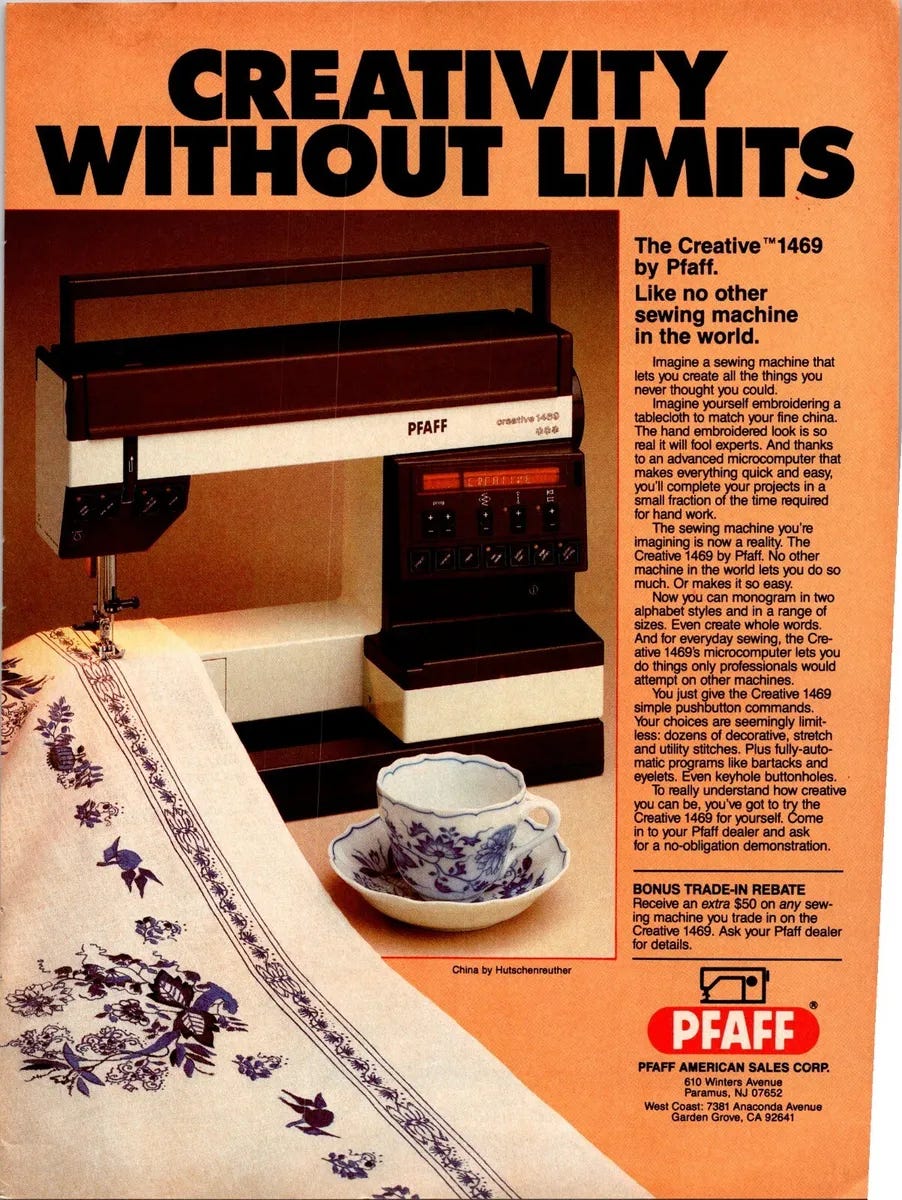
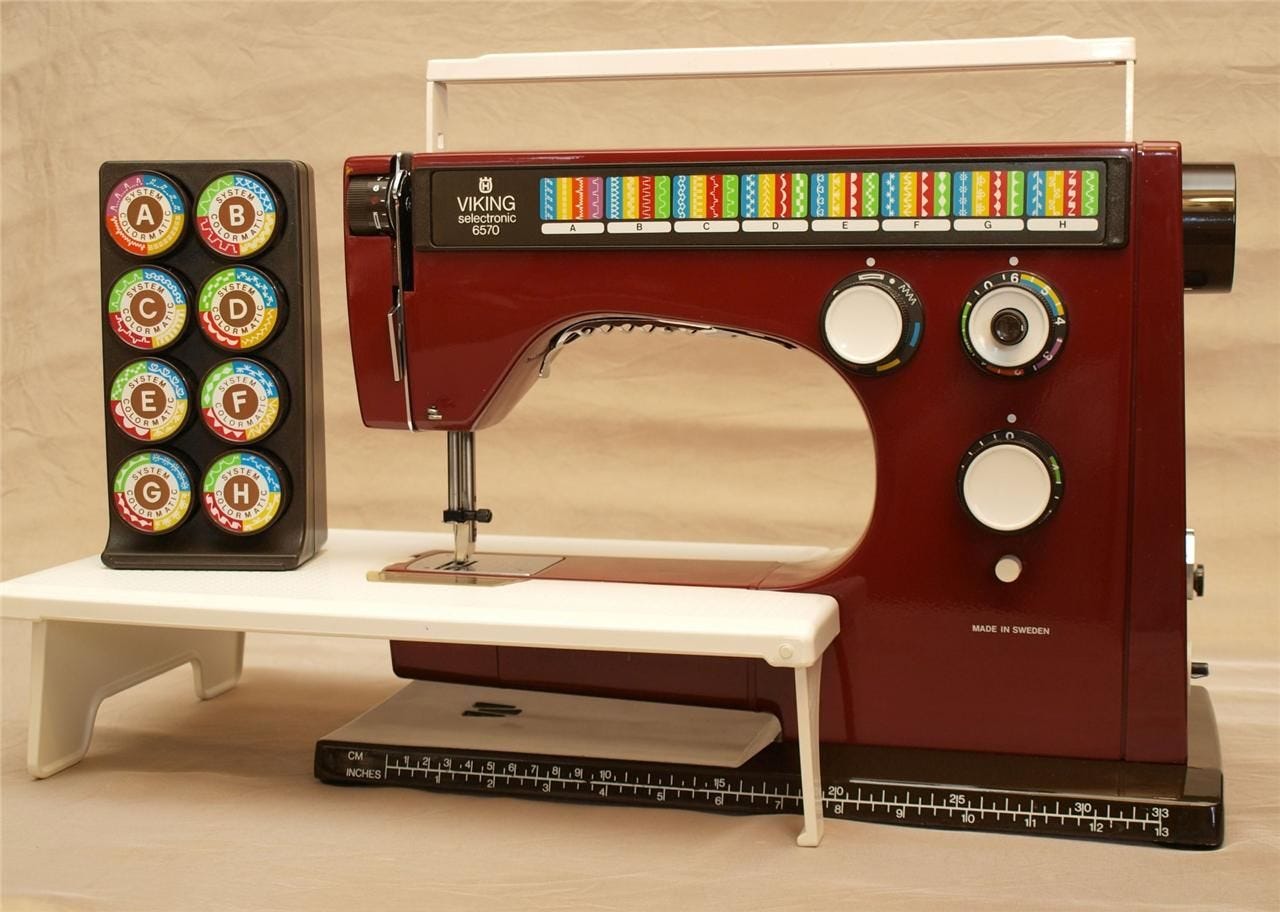
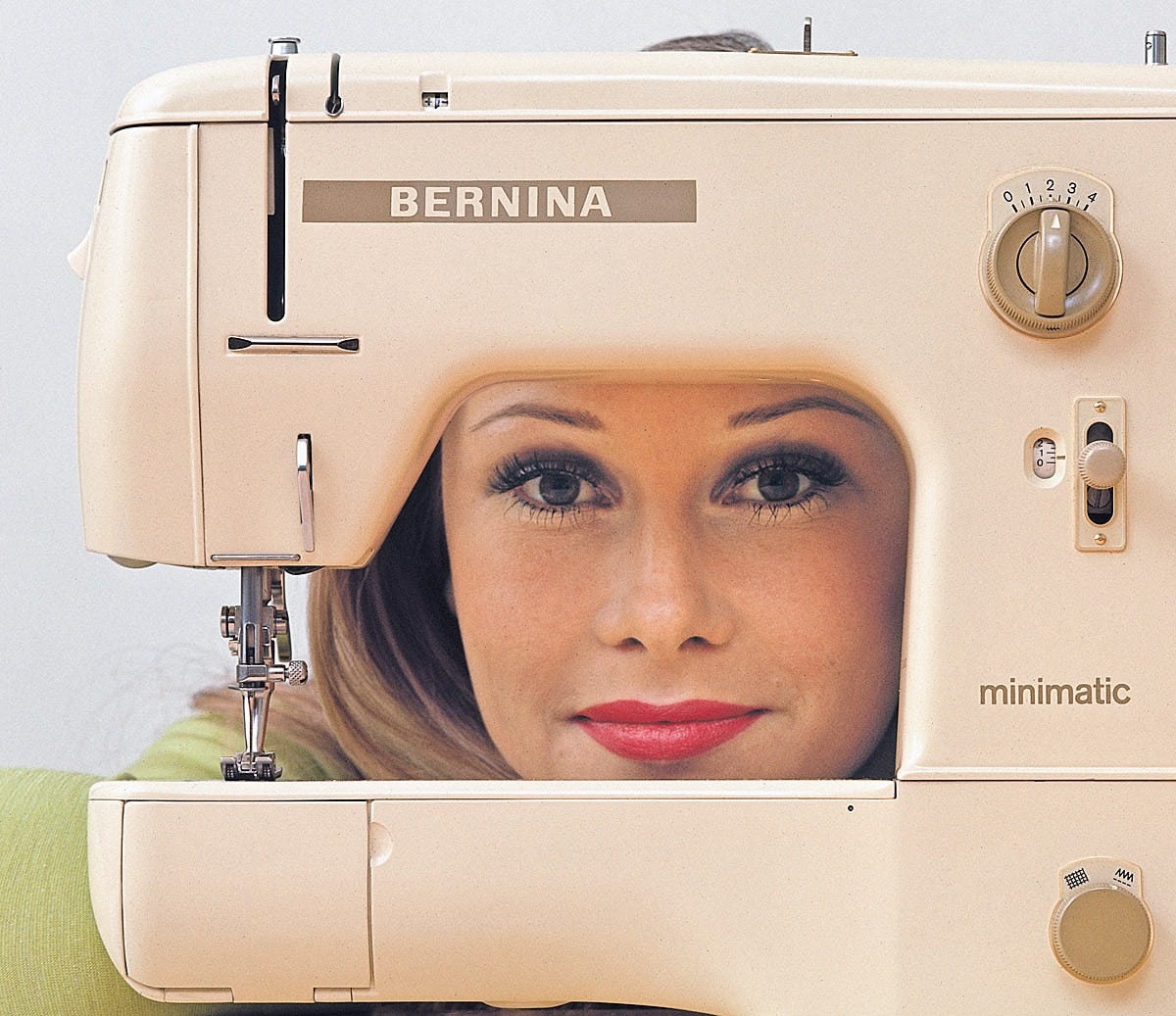
None of the businesses you mentioned--Kohlberg & Company, Ares Management, or Platinum Equity--is particularly concerned about making sewing machines and sewing machine companies successful. They are invested in creating money for their investors. Once they've wrung what profits they can from an acquisition, they will sell it to other investors. Eventually, they will have bled whatever they can from a company and that's when it goes into bankruptcy and reorganization---if it can recover.
Fascinating! I still use the Husqvarna machine that your grand-father gave me for my 16th birthday!